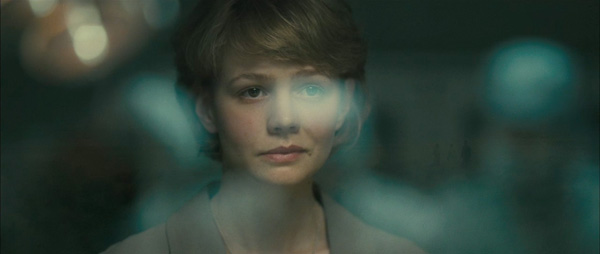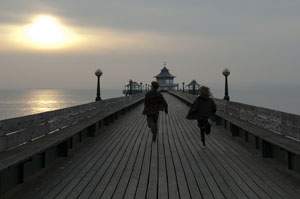
Why are writers and filmmakers so afraid of calling their work science fiction? Or is it the marketing companies and not the creators? Either way, there is a perception that science fiction has to fit into a certain format, usually involving aliens, spaceships and masses of special effects, but not necessarily in-depth plot or character development. As any fan of the genre can, and will, tell you, this is totally erroneous. Sci-fi is all about analogy. Classic novels such as Orwell’s 1984 or TV series Battlestar Galactica address contemporary issues of politics, society and religion and put them into futuristic settings. However, a future setting is not always necessary. 1980’s TV series Max Headroom addressed this brilliantly by being set “20 minutes in the future”. Some are set in contemporary parallel worlds, while others are set in a reimagined past. Never Let Me Go fits into that latter category. It also falls into the category of closet sci-fi.

The sci-fi element of the film is massively underplayed from the outset, which is, without giving too much away, they are clones whose purpose is to supply organs for transplants. However, this is not a vacuous action thriller like The Island, which also deals with a similar subject, but rather a ponderously paced drama that concentrates on the relationship between the three leads. Being set in England it is all a bit dismal, which is hardly surprising as the screenplay was written by Alex Garland (28 Days Later) and directed by Mark Romanek, who made the atmospheric One Hour Photo with a very creepy Robin Williams.
The popularity of the attractive cast is bound to draw an audience, and the book has many devoted fans that have put it high on many best-book lists. However, such devotion to the book can also have a negative effect on film audience opinions, and while the lovers of the novel are not likely to be as fanatical or vocal as Harry Potter or comic book readers, the film also has a limited appeal to a larger audience, being so cerebral. As with films such as Franklyn, it straddles the line between sci-fi and drama in such a way that it can alienate viewers that are expecting to see one or the other genres. The film’s success is rather dependent on investing either sympathy or empathy for the characters, and that is not so easy when dealing with Keira Knightley’s typically bland performance, although Mulligan and Garfield are more likable.
Although subtlety in sci-fi is to be welcomed, by not marketing it as a genre film it is going to confuse a lot of people going to see a romantic drama.